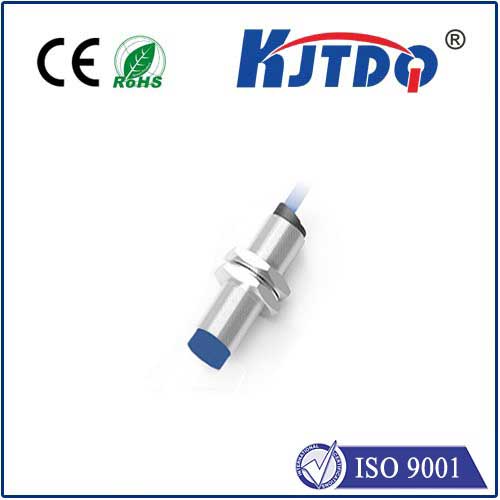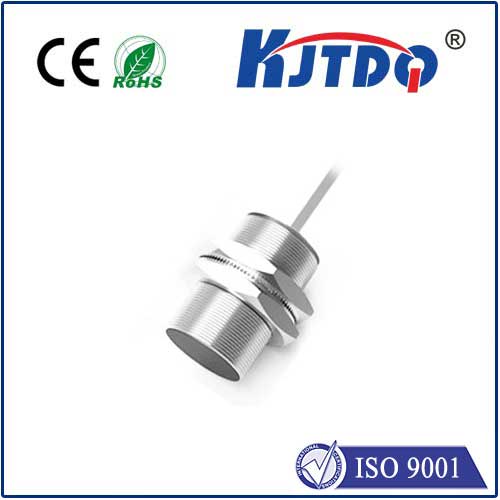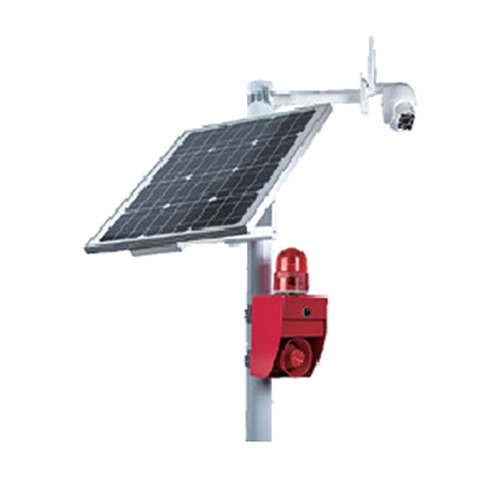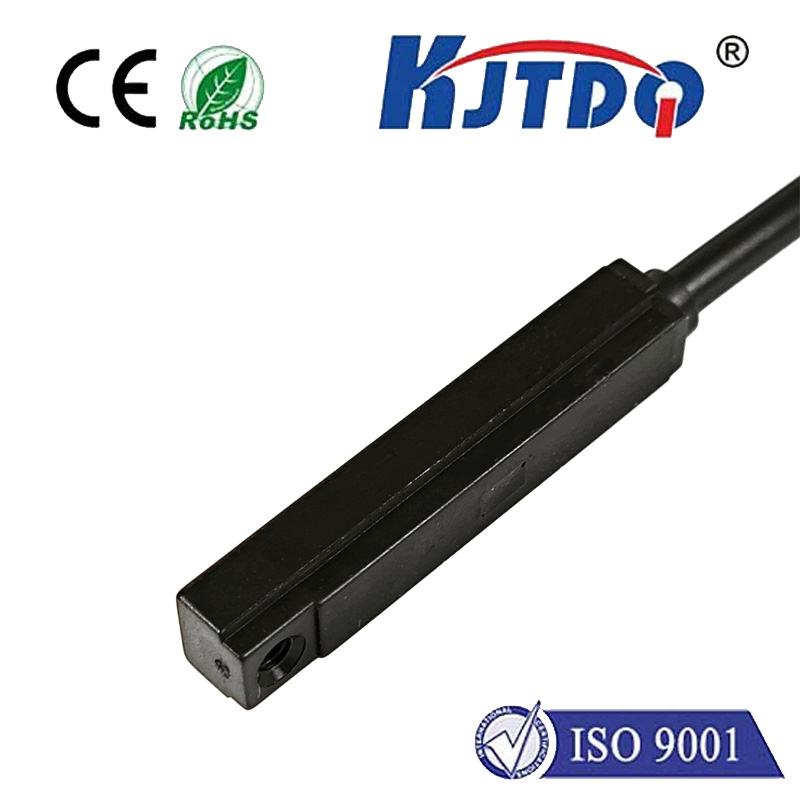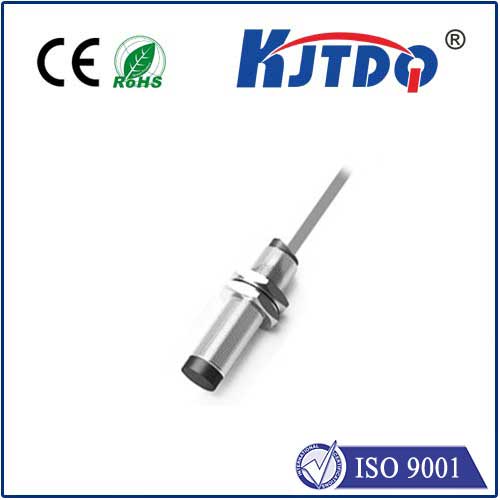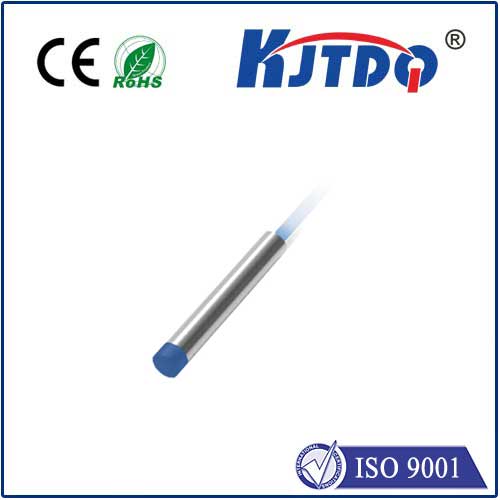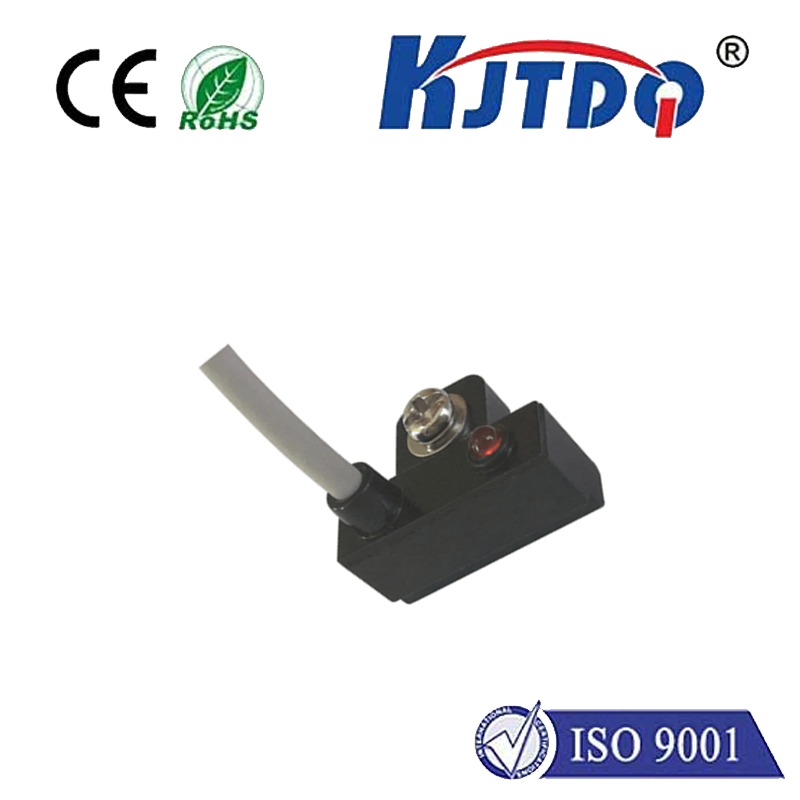temperature measurement
- time:2025-08-19 13:16:37
- Нажмите:0
Temperature Measurement: The Silent Sentinel of Science, Industry, and Well-being
Imagine a world without the ability to gauge heat and cold. Cooking would be guesswork, engines would seize, medicines would spoil, and diagnosing illness would become infinitely harder. Temperature measurement is one of the most fundamental and ubiquitous processes in our modern existence. It’s the silent sentinel, constantly monitoring critical parameters, ensuring safety, optimizing processes, and safeguarding health. From the thermostat managing your home comfort to the intricate probes inside a particle accelerator, the accurate reading of thermal energy is indispensable.
Why Does Measuring Temperature Matter So Much?
At its core, temperature reflects the average kinetic energy of particles in a substance. Measuring it provides vital insights into:
- State Changes: Predicting when water freezes or boils, metals melt, or chemicals react.
- Chemical Processes: Controlling reaction rates in pharmaceuticals, refining, and manufacturing, where precision is paramount for yield and safety.
- Biological Function: Monitoring body temperature is a primary health indicator; similarly, controlling temperature is crucial in cell cultures, food storage, and fermentation.
- Material Properties: Understanding how materials expand, contract, conduct heat, or change electrical resistance under varying thermal conditions.
- System Efficiency: Optimizing energy use in engines, power plants, HVAC systems, and electronics by maintaining ideal operating temperatures.
- Safety: Preventing overheating in electrical circuits, detecting fires, and ensuring safe operation of machinery and industrial processes.
The Diverse Toolkit: How We Measure Thermal Energy

Humans have devised numerous ingenious methods to quantify temperature, each suited to different ranges, environments, and precision requirements:
- Thermocouples: These are arguably the most versatile industrial sensors. They work based on the Seebeck effect: when two dissimilar metals are joined, a voltage is generated proportional to the temperature difference between the hot junction (measuring point) and the cold junction (reference point). They are robust, cover an extremely wide temperature range (from cryogenic levels up to thousands of degrees Celsius), respond quickly, and are relatively inexpensive. Ideal for furnaces, engines, and exhaust systems.
- Resistance Temperature Detectors (RTDs): Primarily made of pure platinum (Pt100 and Pt1000 are common standards), RTDs measure temperature by correlating the predictable change in the metal’s electrical resistance with temperature. They offer high accuracy, stability, and repeatability over a narrower range than thermocouples (typically -200°C to +800°C). Often used in laboratory settings, process control where precision is critical, and medical applications.
- Thermistors: These semiconductor-based sensors exhibit a large, predictable change in resistance with temperature. Negative Temperature Coefficient (NTC) thermistors decrease resistance as temperature rises and are highly sensitive within moderate ranges (-50°C to 150°C), making them perfect for digital thermometers, battery packs, and automotive coolant monitoring. Positive Temperature Coefficient (PTC) types are often used for over-temperature protection.
- Infrared (IR) Thermometers / Pyrometers: These non-contact instruments measure the thermal radiation (infrared energy) emitted by an object. This allows for measuring moving objects, hazardous materials, or surfaces where contact is impossible. Widely used in building inspections (detecting heat loss), electrical maintenance (finding hot spots), industrial processes, and increasingly, medical forehead thermometers. Accuracy depends on understanding the target’s emissivity.
- Bimetal Thermometers: The classic dial gauge. Two metals with different expansion coefficients are bonded together. As temperature changes, the strip bends, moving a pointer over a scale. Highly durable, self-powered, and excellent for visual local indication in applications like ovens, HVAC units, and industrial equipment.
- Liquid-in-Glass Thermometers: The oldest form, working on the principle of thermal expansion of a liquid (mercury or colored alcohol) within a glass capillary. While largely phased out of professional settings due to safety (mercury) and fragility, they remain symbols of temperature measurement and are still used educationally and in some specific contexts.
Calibration: The Keystone of Accuracy
No temperature measurement system is inherently perfect. Sensors drift, electronics introduce errors, and installations can affect readings. This is why calibration is non-negotiable. Regular calibration against a known, traceable standard (like a high-precision reference thermometer or fixed-point cell) ensures readings remain trustworthy. Rigorous calibration protocols are vital in regulated industries like pharmaceuticals, aerospace, and food production, where traceability and documented accuracy are mandatory.
Temperature Measurement in Action: Shaping Our World
The impact of accurate thermal sensing ripples across countless domains:
- Industrial Process Control: Maintaining exact temperatures in chemical reactors, refineries, semiconductor manufacturing (nanoscale precision is critical), and plastics molding ensures product quality, efficiency, and safety. Pyrometers monitor molten metal streams.
- Healthcare & Life Sciences: Clinical thermometers (digital, IR, probe) diagnose fever. Precise control is vital in incubators for newborns, sterilization autoclaves, drug storage refrigerators/freezers, and laboratory equipment like PCR machines. Temperature stability in biological samples is paramount.
- Energy Management: Smart thermostats learn and optimize home heating/cooling. Power plants meticulously monitor steam temperatures for turbine efficiency and safety. Thermal imaging identifies building inefficiencies. Optimizing combustion temperatures reduces emissions.
- Automotive & Aerospace: Engine coolant and oil temperatures prevent overheating. Cabin temperature control ensures comfort. Exhaust gas temperature sensors optimize engine performance and emission control systems. Jet engines rely on numerous thermocouples for turbine monitoring.
- Food Safety & Logistics: Ensuring perishable goods are stored and transported within safe temperature ranges from farm to fork is crucial for preventing spoilage and foodborne illness. Cold chain monitoring relies heavily on robust Датчик температуры and dataloggers.
- Electronics: Preventing overheating in CPUs, GPUs, and power electronics is essential for device longevity and performance. Tiny thermistors embedded on circuit boards provide vital feedback for cooling systems (fans, heat sinks).
The Future of Sensing Thermal Energy
Research continues to push boundaries. Thin-film sensors offer miniaturization. Fiber optic distributed temperature sensing (DTS) allows continuous profiling along pipelines or power cables. Non-contact methods are becoming faster and more accurate. Integration with the Internet of Things (IoT) enables remote, real-time monitoring and predictive maintenance based on thermal trends. The quest is always for greater accuracy, reliability, ease of integration, and resilience in ever-more demanding environments.
Temperature measurement, far from being a simple task of reading a number, is a sophisticated, constantly evolving engineering and scientific discipline. It underpins the safety, efficiency, innovation, and comfort of our technological world. Whether it’s ensuring a life-saving vaccine remains potent or allowing a jet engine to push the limits of performance, the accurate reading of thermal energy remains a silent, yet utterly indispensable, gauge of our progress.

